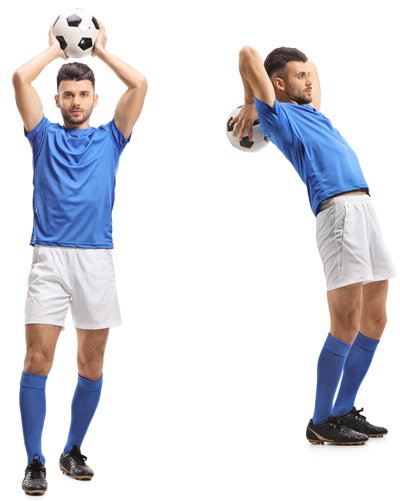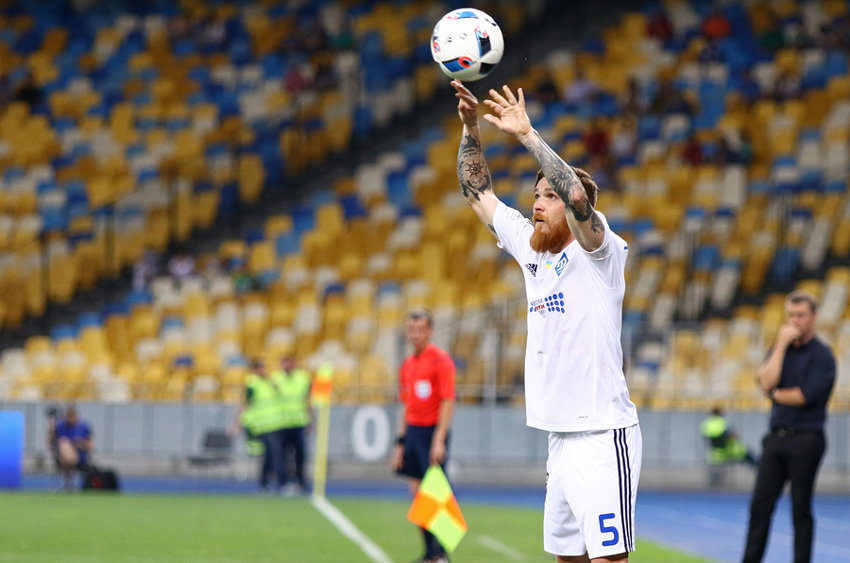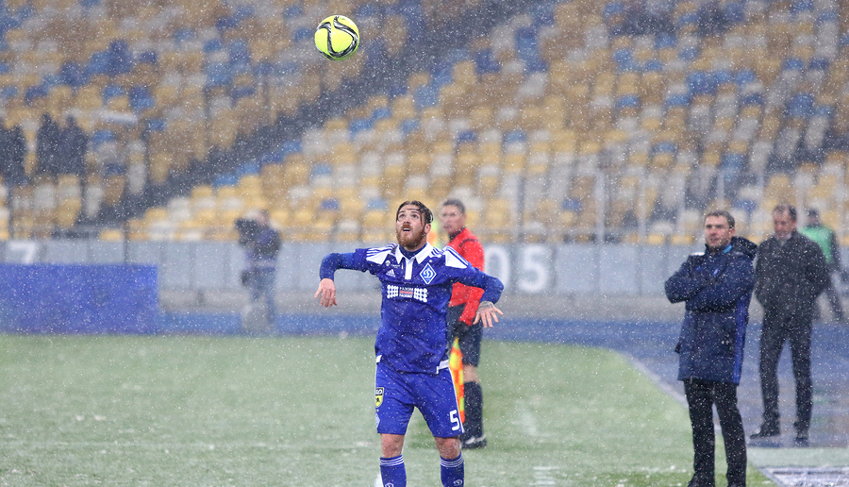 For the modern day fan, there are so many aspects of a football game that are simply accepted as being the way that the game is played. We never question why a goalkeeper only has a certain amount of time that they’re allowed to hold onto the ball, for example, nor why defensive players aren’t allowed to encroach within ten yards of the ball when a corner is being taken.
For the modern day fan, there are so many aspects of a football game that are simply accepted as being the way that the game is played. We never question why a goalkeeper only has a certain amount of time that they’re allowed to hold onto the ball, for example, nor why defensive players aren’t allowed to encroach within ten yards of the ball when a corner is being taken.
More often than not it’s the way the game has been played ever since we started watching, and so it is that we watch the players go through the motions after a decision has been made by the referee without questioning the whys or the wherefores.
Another such incident is the throw-in. Taken whenever the ball goes out of play along the sidelines of the pitch, a throw-in involves a player from the team to whom it was awarded using both hands to hurl the ball back in play.
Yet when did this method of re-starting the game originate? Why is it, in a sport quite literally named after the use of a foot, that we don’t have kick-ins instead? What are the rules surrounding the taking of a throw-in and have they changed at all over the years?
On this page we’ll look to answer those questions, investigating one of the rules in football that we’ve all watched play out in real time without ever asking questions about it.
The Origins Of The Throw-In

If you know anything at all about the history of football then the origin story of the humble throw-in won’t come as too much of a surprise to you. If you don’t know much about it then do have a look at our article about the History of Football, which will tell you almost everything that you need to know. For now, though, the most important thing to realise is that both rugby and football emerged out of the same sport. It wasn’t until 1863 that rugby football and association football went their separate ways, with official ‘rules of the game’ being established and formalised. It’s no major surprise, then, that there are certain aspects of both sports found in the rules of the other.
Though nowadays the rules of the game are very clear and are merely tweaked every now and again, back when the sport was first being formalised there were many different groups attempting to instigate their own version of the rules. Different groups had their own version of how to get the ball back in play after it had gone out, with the notion of throwing it back onto the field of play used in the rules for both Rugby and Cheltenham’s football players.
The Sheffield rules required the opposite team to the one that played it out to put it back into play by throwing it at a right-angle back onto the pitch. Football took the idea of needing to use both hands to throw the ball back onto the pitch from the line-out in rugby. As the rules of the game were solidified, a little bit was taken from each of the most popular associations, with the line-in idea link married to the notion that it could be thrown in any direction and the modern day throw-in was born.
What Are The Rules of a Throw-In?
 Now that we know roughly where the throw-in came from, let’s have a little look at the rules as they are today. The idea is that it should be taken from the point at which the ball crossed the line, regardless of whether the ball was in the air or on the ground at the time that it did so.
Now that we know roughly where the throw-in came from, let’s have a little look at the rules as they are today. The idea is that it should be taken from the point at which the ball crossed the line, regardless of whether the ball was in the air or on the ground at the time that it did so.
This is down to the discretion of the match referee, with some players often keen to take advantage of this and attempt to ‘creep’ up the pitch to a better position. The throw is taken by a player on the opposite team to the one that put the ball out of play and the defending team can’t be any closer to the throwing than 2.2 yards.
The throw-in taker needs to be facing the field of play when they take it and they also have to have at least a part of each foot on the line or outside of the line. The ball has to come from behind the player’s head and over it, held by both hands. Goalkeepers can’t pick up a ball thrown to them from this sort of re-start, nor can goals be scored directly from a throw-in.
If the ball does make it into the back of the defending team’s goal without first having been touched then the defending team will receive a goal-kick. If an own goal is scored in the same manner then the attacking team will get a corner. Players on the receiving end of throw-ins can’t be offside, which is sometimes used to the advantage of the attacking players.
Throw-In Techniques

Because the rules of the throw-in are quite prescriptive, they have allowed players to come up with weird and wonderful techniques for getting the ball back onto the field of play. In the early part of the 1990s, for example, Steve Watson used to take Newcastle’s throw-ins. He did so in a manner that was similar to one later used by the Estonian international footballer Risto Kallaste. A player that adopts this technique runs towards the line, placing the ball on the floor and then essentially doing a handstand on top of it in order to flip over the ball. As they come back up they plant their feet in the ground and use the momentum from the flip to throw the ball back into play at speed. An issue with this way of taking throws, of course, is that the player taking it can’t see who it is that they’re throwing the ball to.
Rory Delap, the former Stoke City player, was known for his long-throw technique. The Republic of Ireland international was a javelin champion at school, so it’s perhaps not particularly surprising that he had the ability to launch the football further than almost anyone else in professional football. He wasn’t the only player to possess a long-throw, however. The former Tranmere Rovers player Dave Challinor also had that ability, though he used to dry the ball with a towel before he’d throw it. That was ruled out as a legal tactic at the time, which is why you’ll often see footballers drying the ball with their shirt nowadays.
Other teams have had specialist throw-in takers over the years, though this had died out as an art in more recent times, becoming more about the movement of the players on the pitch than it is about the ability of the taker of the throw. In 2018 however the art of the throw in came back to the fore when Liverpool employed the world record throw holder (51.33 meters), Thomas Gronnemark, as a specialist throw in coach. This resulted in a significant increase of opportunities created from throw-ins and in a game of fine margins has become a focus for teams once again.
